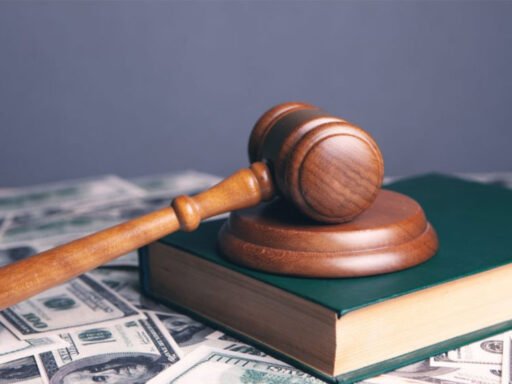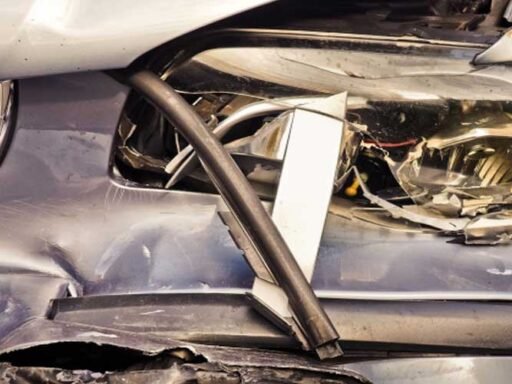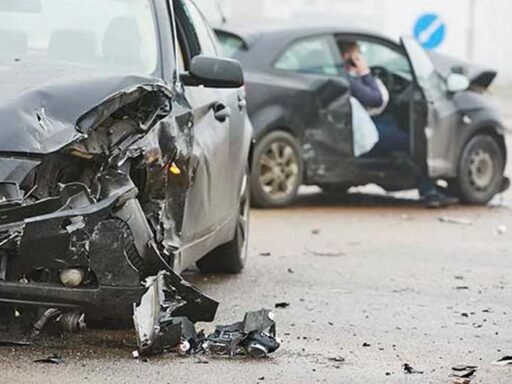A hit and run accident is one of the most frustrating and stressful experiences a driver can face. You may be left injured, your car damaged, and the responsible party nowhere to be found. It’s natural to feel powerless in such a situation, but victims of hit and run accidents do have options for pursuing compensation.
By understanding the steps to take immediately after the accident and the legal avenues available, you can improve your chances of recovering the financial support you need to move forward.
The Immediate Steps After a Hit and Run
The first moments after a crash are critical, so even if the other driver flees, your priority should always be safety. If possible, move to a secure location and call emergency services. Report the accident to the police right away, as an official report becomes an essential piece of evidence later.
While waiting for help, try to gather as much information as possible. Even small details, such as the make, model, or color of the other car, part of a license plate number, or distinguishing features like bumper stickers, can help investigators track down the driver. Photographs of the scene, damage, and any skid marks or debris can also serve as valuable evidence.
The Role of Law Enforcement
Law enforcement officers play a major role in investigating hit and run accidents. They may search for surveillance footage from nearby businesses, traffic cameras, or residential security systems. Witness statements can also help them identify the driver. While not every case results in finding the responsible party, providing detailed information increases the likelihood of success.
Even if the driver is not located, filing a police report remains crucial. Insurance companies typically require an official report before they will process a hit and run claim. Without one, your chances of securing compensation may diminish.
Insurance Options for Compensation
When the other driver is never found, your own insurance coverage often becomes the primary source of compensation. Many policies include uninsured motorist coverage, which is specifically designed for situations like hit and runs. This coverage can pay for medical bills, lost wages, and property damage when the at-fault driver cannot be identified.
If you don’t carry uninsured motorist coverage, other parts of your policy may still apply. For example, collision coverage can pay for vehicle repairs regardless of fault, though you may need to cover the deductible. Medical payments coverage or personal injury protection (PIP) may also help with treatment costs. Reviewing your policy and speaking with your insurer quickly after the accident ensures you know what benefits you can access.
When the Driver Is Identified
In cases where the hit and run driver is found, victims can pursue compensation directly from their insurance or through a civil lawsuit. Holding the driver accountable in court may result in damages for medical expenses, lost income, property damage, and pain and suffering.
Sometimes, hit and run drivers flee because they lack insurance, are intoxicated, or have outstanding legal issues. Even if they’re identified, collecting compensation may still be challenging if they lack assets or coverage. In such situations, your own uninsured motorist protection may still be necessary to make up the difference.
The Importance of Legal Representation
Recovering compensation after a hit and run is rarely simple, as insurance companies may dispute claims, minimize payouts, or delay the process. A personal injury attorney can advocate on your behalf, negotiating with insurers and pursuing legal action if necessary. Lawyers also help gather evidence, calculate the full extent of damages, and ensure filing deadlines are met.
An attorney can be particularly valuable if your injuries are severe or if your insurance company denies coverage; with professional guidance, you increase your chances of receiving fair compensation rather than settling for less than you need.
Long-Term Considerations After a Hit and Run
Victims of hit and run accidents often face more than immediate costs. Serious injuries can result in ongoing medical treatment, rehabilitation, or even permanent disability. Lost earning capacity and diminished quality of life are also real concerns. Any settlement or judgment should reflect not just short-term expenses but also long-term consequences.
This is why patience and persistence are important. Accepting the first offer from an insurance company may feel like relief, but it can leave you undercompensated for future needs. By carefully documenting all expenses and working with legal and medical professionals, you can pursue a settlement that truly covers the full scope of your losses.
Winning Compensation in a Hit and Run
A hit and run accident is traumatic, but it doesn’t have to leave you without recourse. By taking immediate steps to protect yourself, cooperating with law enforcement, understanding your insurance options, and seeking legal guidance, you can significantly improve your chances of winning compensation. While the process may feel daunting, your persistence can pay off; with the right support, you can hold insurers accountable, seek justice when drivers are identified, and secure the resources you need to recover.





